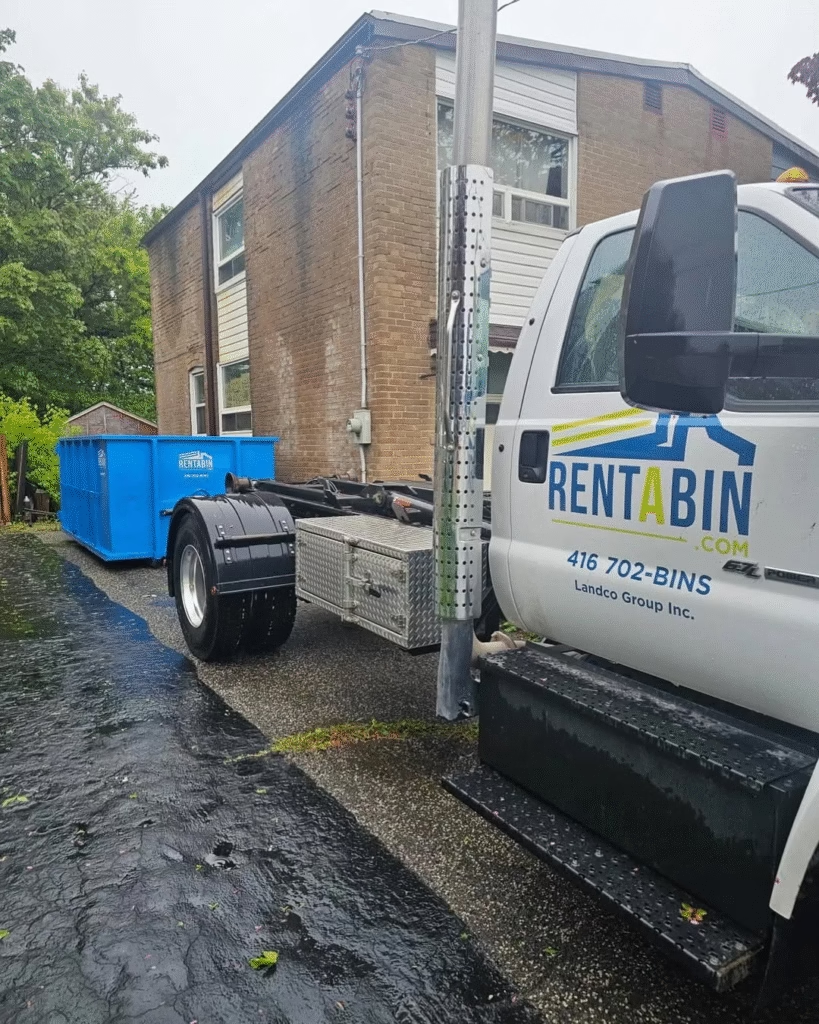MVA (Motor Vehicle Accident) physiotherapy for Whiplash Associated Disorders (WAD) involves a comprehensive approach to managing the symptoms and rehabilitation of individuals who have suffered from whiplash injuries due to car accidents. Motor vehicle accident physiotherapy in Edmonton aims to reduce pain, restore function, and improve the individual’s quality of life following a whiplash injury sustained in a motor vehicle accident.
Can Physiotherapy Help Relieve Chronic Pain and Dysfunction Caused by Whiplash?
Yes, physiotherapy can indeed play a significant role in alleviating long-term pain and dysfunction associated with Whiplash Associated Disorders (WAD). WAD typically occurs due to sudden hyperextension and flexion of the neck, which is commonly seen in car accidents.
Physiotherapy interventions for WAD often include:
Pain Management:
Physiotherapists employ various techniques for whiplash management associated with WAD, including manual therapy, modalities such as heat or ice, and therapeutic exercises. By addressing pain early and effectively, motor vehicle accident physiotherapy in Edmonton helps prevent the development of chronic pain conditions.
Manual Therapy:
Physiotherapists use hands-on techniques like joint mobilization, soft tissue manipulation, and massage to reduce pain and improve mobility in the affected areas.
- Joint Mobilization: Physiotherapists use gentle, passive movements to restore normal joint function and mobility in the affected areas of the spine and surrounding joints. This can help minimize pain stiffness and improve range of motion.
- Soft Tissue Manipulation: Techniques like myofascial release, therapy targeting trigger points, and deep tissue massage are used to address muscular tension, adhesions, and scar tissue formation that may contribute to pain and restricted movement.
- Cervical Traction: Traction techniques may be used to decompress the cervical spine, reduce pressure on spinal nerves, and relieve symptoms such as neck pain, headaches, and radicular pain associated with WAD.
Modalities:
Modalities such as heat therapy, cold therapy (ice), ultrasound, transcutaneous electrical nerve stimulation, and electrical stimulation may be utilized to relieve pain, diminish inflammation, and promote healing.
- Ultrasound: Therapeutic ultrasound employs sound waves of high frequency to generate deep heat within the soft tissues, promoting circulation, reducing muscle spasms, and accelerating the healing process in injured tissues associated with WAD.
- TENS (Transcutaneous Electrical Nerve Stimulation): TENS units transmit low-voltage electrical impulses via electrodes placed on the skin, which help to block pain signals, stimulate endorphin release, and reduce muscle tension in the neck and shoulders.
Restoration of Mobility and Function:
Whiplash injuries often result in stiffness and reduced mobility in the neck and adjacent regions. Physiotherapy interventions such as stretching exercises, joint mobilizations, and soft tissue techniques can help restore mobility and function, reducing long-term disability.
Neck Stretching Exercises:
- Neck Flexion Stretch: Gently lower the chin towards the chest, feeling a stretch in the back of the neck.
- Neck Extension Stretch: Tilt the head backward to stretch the front of the neck.
Shoulder and Upper Back Mobility Exercises:
- Shoulder Rolls: Roll the shoulders backward and forward in a circular manner to improve mobility and reduce stiffness.
Spinal Mobilization Exercises:
- Cat-Cow Stretch: Perform a gentle spinal flexion and extension movement by arching and rounding the back while on hands and knees to mobilize the spine and reduce stiffness.
Strength and Stability:
Weakness in the muscles supporting the neck and spine can contribute to ongoing pain and dysfunction. Physiotherapy programs typically include exercises targeting these muscles to improve strength and stability, thereby reducing the risk of recurrent symptoms.
Core Strengthening Exercises:
Dead Bug Exercise: Lie on the back with arms and legs raised toward the ceiling, then lower the arm and leg on the opposite side towards the ground while maintaining core stability.
Neck Strengthening Exercises:
Isometric Neck Exercises: Isometric contractions involve holding a static position without movement, such as pushing against the hands or a wall in different directions to activate neck muscles.
Postural Correction:
Poor posture is a common issue following whiplash injuries, which can exacerbate pain and dysfunction. Physiotherapists address postural imbalances through targeted exercises and education on proper body mechanics, helping to alleviate long-term symptoms.
Standing Posture Awareness:
- Practice standing with your weight evenly distributed between both feet, your shoulders relaxed, and your chin tucked.
- Imagine a string pulling you up from the top of your head, elongating your spine and promoting proper alignment.
Prevention of Secondary Complications:
Without proper rehabilitation, individuals with WAD may develop secondary complications such as muscle stiffness, weakness, and altered movement patterns, leading to long-term pain and dysfunction. Car accident physiotherapy interventions aim to address these issues early on, reducing the risk of chronicity.
Activity Modification:
Suggesting modifications to daily activities and recreational pursuits helps individuals with WAD avoid movements or positions that exacerbate symptoms. Physiotherapists may recommend alternatives to high-impact activities, such as swimming or cycling, and provide guidance on modifying exercise routines to prevent strain on the neck and spine while promoting optimal healing.
Proper Lifting Techniques: Educating individuals on proper lifting mechanics helps prevent strain on the neck and spine, reducing the risk of exacerbating symptoms. Physiotherapists may provide instruction on techniques such as using the legs to lift, keeping the back straight, and avoiding twisting motions to protect the spine during lifting activities.
Navigating Recovery:
Motor vehicle accident physiotherapy in Edmonton plays a crucial role in the comprehensive management of Whiplash Associated Disorders (WAD). By addressing the unique needs of each individual and tailoring treatment plans accordingly, Next Step Physiotherapy in Edmonton aims to facilitate long-term recovery, minimize the risk of chronic pain and dysfunction, and enhance the overall health of individuals impacted by WAD. MVA physiotherapy offers hope and support for those navigating the challenges of recovery from motor vehicle-related whiplash injuries.
Keywords: whiplash management, whiplash, motor vehicle accident, car accident physiotherapy, MVA physiotherapy, motor vehicle accident physiotherapy Edmonton, Next Step Physiotherapy Edmonton






